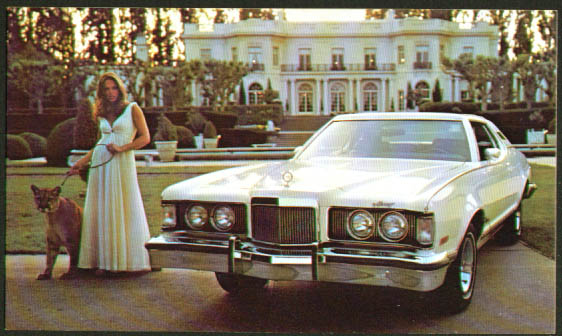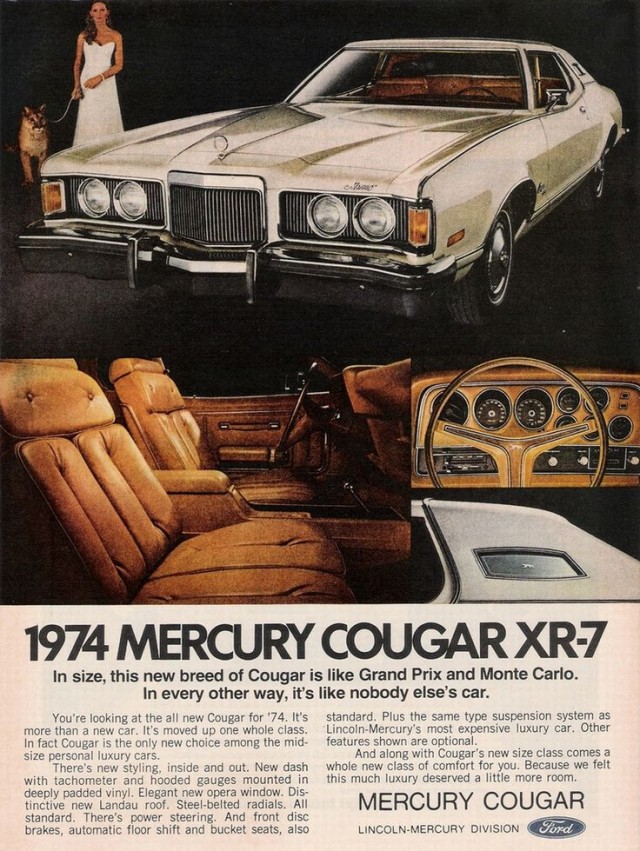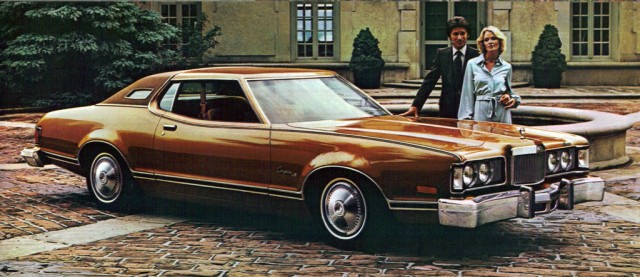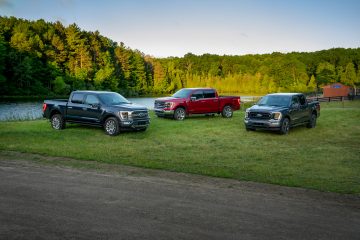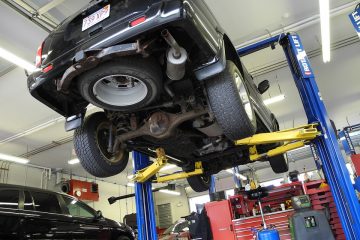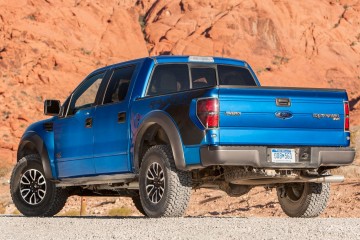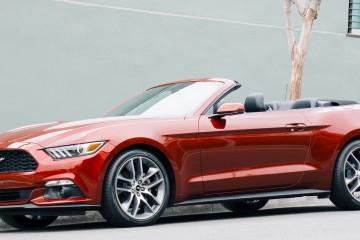While many larger, more absurdly optioned cars can be labeled as the absolute embodiment of the Malaise Era, the 3rd generation Mercury Cougar gives them a run for their money. For 1974, Mercury took the Cougar away from the performance car segment and moved it into the personal luxury car market. This was standard across the industry as manufacturers realized the glory days of muscle cars were behind them thanks to the 1973 Oil Crisis, and tightening emissions and safety standards. However, just because the cars wouldn’t perform the same way didn’t mean they couldn’t market them in the same fashion. All the automakers had to do was spin things a little bit and give consumers the idea that they deserved to have more luxury in addition to all the performance they were used to. The ’74-’76 Cougar XR-7 is a great example of this line of thinking and of a monumental shift in the automotive market.
With the debut of the 1974 Cougar, Mercury was now marketing the car as being comparable to a Thunderbird vs a Mustang. Luxury was now the name of the game and with the addition of opera windows in the C-Pillar, plush velour or vinyl upholstery, and an optional Twin-Comfort Lounge 60/40 split front bench seat, the Cougar was clearly a segment contender. In fact, so many options were added to the third generation Cougar that it weighed a full 1,000 lbs more than the first generation. Buyers didn’t seem to car, 1967 was but a distant memory, one most people were all too happy to forget. This was 1974, it was time to party and party in style. The Cougar was easy attained excess, the performance luxury coupe for everyone, except without the actual performance.
Though all third generation Cougars were XR-7 models, there were three different power plants available. A 351 cu in Windsor V8 was the base motor for all 3 years and for 1974 there was an optional Q-Code “Cobra Jet” V8 available, but only 2,793 of those were made so they’re quite hard to come by in any sort of decent condition. The other optional motors were a 400 cu in Cleveland V8 and a 460 cu in 385/Lima V8. Since getting your hands on a 351 Q-Code is unlikely, the 385/Lima V8 is the one to go for as it was produced for 30 years, making parts cheap and in widely available. It’s also relatively easy to modify in order to see decent gains in power output and has the distinction of being the last of Ford’s big block V8 designs. Paired with the optional high performance rear axles and “Traction-Lok” differential, the 385/Lima earned the Cougar some credit as a performance car, though only ’74/’75 models were available with those options. By 1976 Mercury was ready to take the Cougar all the way into the personal luxury car segment and the 4th generation eschewed any notion of being a performance vehicle.
The look of the car was on par with that of the Buick Regal, Chevrolet Monte Carlo, Chrysler Cordoba, and the rest of the newly minted personal luxury cars of the mid 1970s. Buyers wanted cars that had serious curb appeal and if there is one thing the cars of this era had, it was that. Sure, the designs seem gaudy and outdated now because the cars of today are all but perfect, right? At the time, one has to think that the long creased hoods, rounded side-by-side headlights, and formidable grilles were exactly what buyers were looking for. How else could you explain the wildly successful sales of these cars? People quickly came to understand that the vehicles lacked power, but they kept buying them anyway, so it had to have been the styling. The personal luxury car was a statement vehicle and if there is one thing I’ve learned in all the research I’ve done on the era, the 70s were about big, bold statements.
Buying a Mercury instead of a Lincoln didn’t mean you couldn’t afford the latter, it meant you preferred the badass nature of the Cougar to the opulence of the Continental. The difference from years past was that now the Cougar had a-lot of the same features as the Continental so in addition to being badass, you were also a saavy buyer. Brains and braun, that’s what the Mercury man of the 1970s was made of, at least if you buy into the marketing. In reality the Cougar was just another manifestation of our national confusion during the post-Vietnam/pre-Regan era. How wonderfully odd American culture was during these years is the reason I enjoy researching Malaise Era vehicles. The designs and features are totally indicative of where the country’s mindset was at during this transitional period of a nation searching for meaning and direction. You can say “Oh, well they’re just cars”, but I can’t think of a better way to gauge where culture is at by what’s on the showroom floor. Have a look at the fashions of 1974-1976, listen to the music, study the geopolitical situations. I think you’ll find that the Mercury Cougar XR-7 is perfectly suited to be the rolling representation of the rocking mid 70s. Besides, they had Farrah Fawcett in a commercial before Charlie’s Angels was a thing, so that pretty much gives the Cougar the win over everyone else.
1975 Mercury Cougar XR-7 on eBay
Find your next vehicle with AutoTempest!
(Article continues below)

